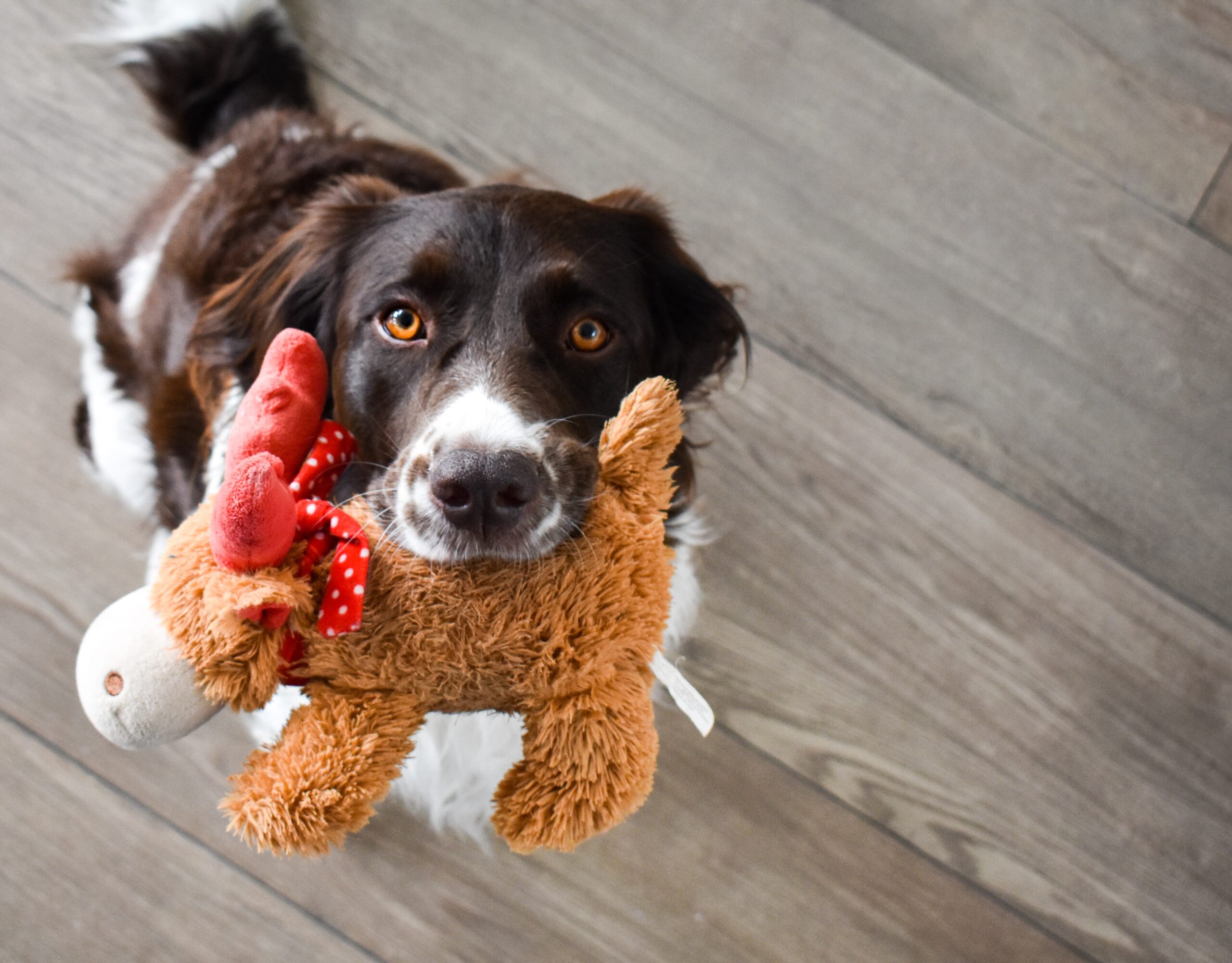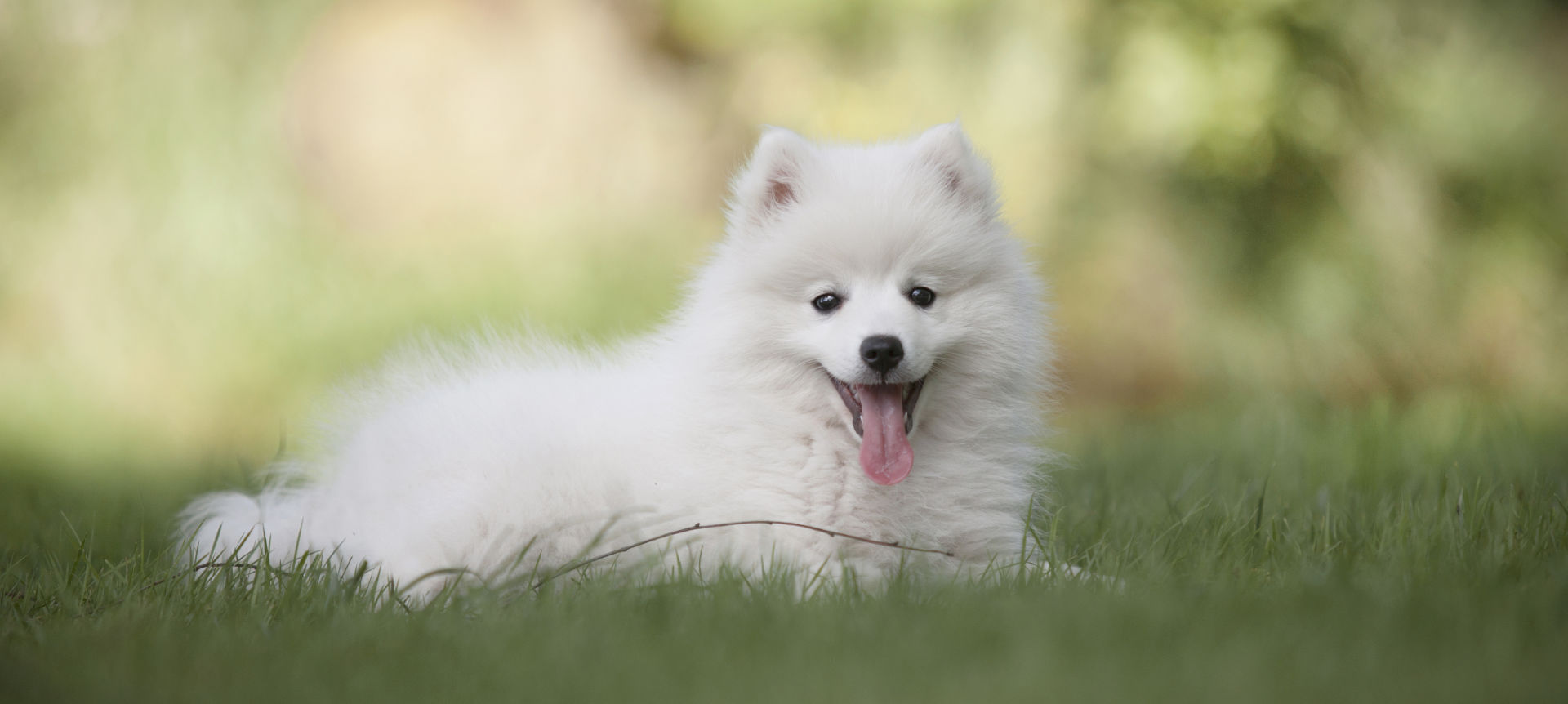
16 Jun What are the best chew toys for my pet?
Most dogs love to chew. This starts when they are young puppies and use their mouth to explore the world. As they get a little older, puppies chew more as they start to lose the puppy teeth and the permanent teeth erupt. Chewing becomes a normal part of a dog’s daily activity and as a form of physical and mental stimulation. When walking down the aisle at most pet stores, one can be overwhelmed by the variety of chew toys available for dogs. Everything from soft plush toys to rock-hard bones are for sale. Some are marketed for aggressive chewers; some have different textures. At Veterinary Dental Specialists of Wisconsin, we’re happy to answer the common question, “What are the best chew toys for my pet?”
It is often argued that chewing on hard objects is good for a dog. In the wild, wolves and other animals are often shown chewing on raw bones. However, many of these wild animals do not live as long as our pets or they do have dental problems that are undiagnosed and untreated. At Veterinary Dental Specialists of Wisconsin, we see many patients each week (often daily) with teeth that are chipped or broken from chewing hard objects. Many of these teeth fracture due to chewing on hard objects. Fractured teeth often require treatment that could include restoratives, root canal therapy, or even extraction.
Chew toys to AVOID:
- Real Bones
- Antlers
- Bully Sticks
- Hard Nylon-type bones
- Sticks
- Rocks
- Ice Cubes
There are some characteristics that you can look for in a chew toy that will be safer for teeth. You should be able to bend or flex the toy, imprint your fingernail, or the object should be made to crumble. Dr. Fraser Hale, a veterinary dentist in Canada, often says he gives everything the “knee test”. In essence, if you don’t want to be hit in the kneecap with the object, it is probably too hard.
Tennis balls are popular for many dogs. However, carrying a tennis ball in the mouth for long periods of time can cause excessive tooth wear. Tennis balls should be used in moderation. Rubber balls may be better options for ball-motivated dogs. Plush toys, knotted ropes, Kongs, Goughnuts, and Tuffie Toys are some of the products most commonly used in the veterinary world. You want to make sure your dog does not swallow chunks or pieces of the toy that are too big. This could cause an intestinal obstruction and require emergency surgery. These objects should be used under supervision. Chewing is a natural and important activity for dogs, and it should be done safely.
Dental Chews
Dental chews can be a great option to help promote good dental hygiene and add a fun treat to your pets’ everyday routine. Things to remember when finding the right dental treat for your pet; appropriate size, name brand vs off-brand, and texture.
When choosing the appropriate size chew for your pet, follow the guidelines on the packaging. Be careful not to choose too big, it could cause stomach upset and obesity, or too small which can be a choking hazard.
We recommend sticking to a reputable brand that is either sold by your veterinarian or a well-known product such as Greenies, Purina, Oravet, or Virbac to name a few.
Lastly, make sure that whatever product you choose follows the same guidelines as previously stated for chew toys; make sure they can flex or break easily, and your pet can easily chew it. Remember, no matter what you give your dog to chew on, always supervise. If you ever find yourself asking, “What are the best chew toys for my pet,” our team is happy to help!
Photo by Jesper Brouwers from Unsplash


